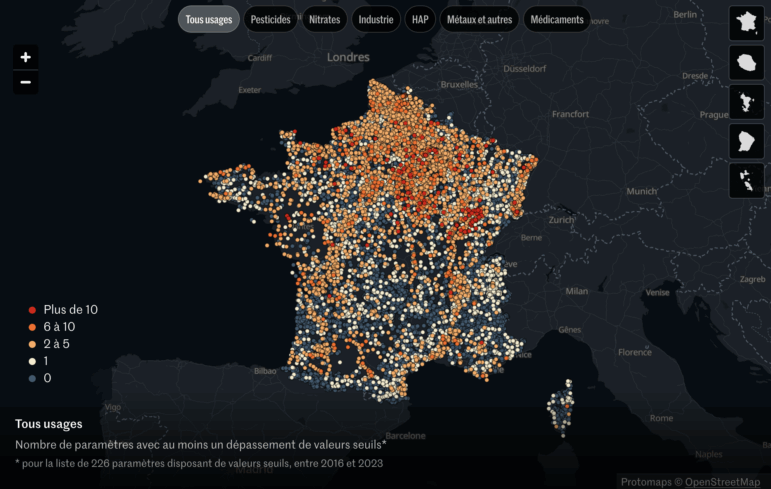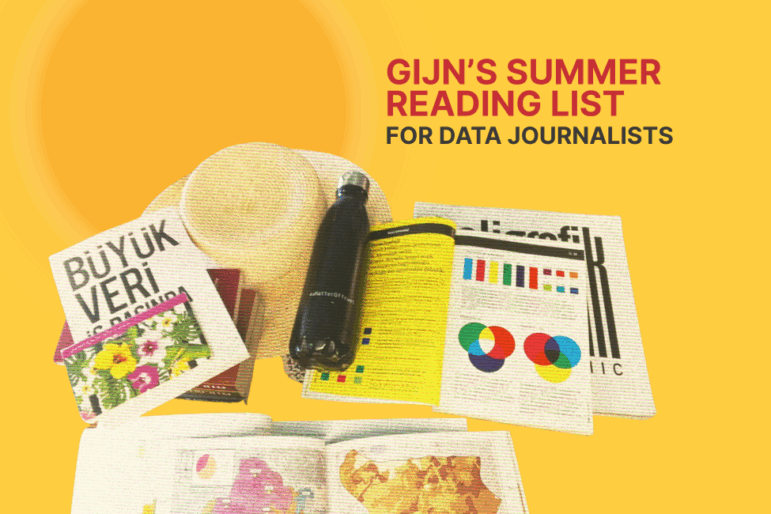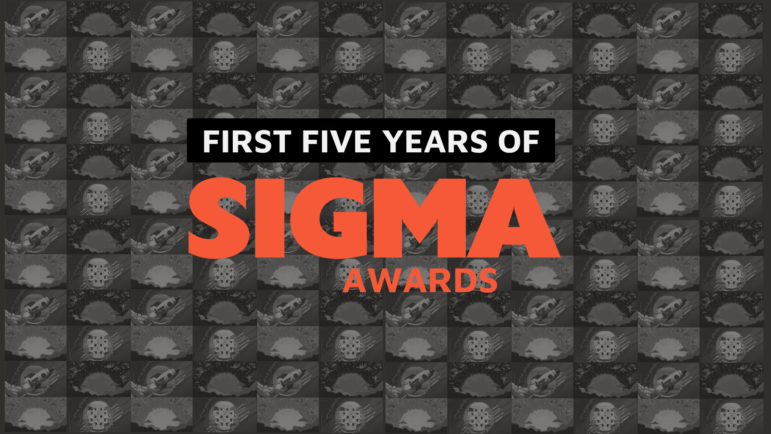
Data Journalism
2026 Sigma Awards for Data Journalism Open for Entries
The Sigma Awards celebrate the best data journalism from around the world. Submissions are now open for data projects published in 2025.


The Sigma Awards celebrate the best data journalism from around the world. Submissions are now open for data projects published in 2025.

Understanding, organizing, and validating data directly affects the accuracy of stories. New tools make cleaning accessible to journalists without coding.

With basic web knowledge, guidance, and examples, even non-coding journalists can build a scraper with large language models.

The global nonprofit WITNESS seeks to address one of the biggest data gaps in the digital verification landscape: the dependence on tools-based methods that lack local knowledge.

The French investigative reporter and data journalist shares the methods behind her team’s major investigation into Europe’s polluted groundwater crisis.

Featuring books spanning four continents, these recommended reads provide a global perspective on data journalism.

At the 2025 Netzwerk Recherche conference, radio journalists shared how they used data and AI tools to investigate Germany’s cultural sector and the influence of the country’s far right.

The chief data reporter for the Financial Times discusses how he considers the use of text, color, and annotation to aid visual storytelling through charts and graphics.

After five years and 2,875 project entries from more than 100 countries, the Sigma Awards have become a catalyst for innovation and forever changed the face of data journalism.

Ten outstanding data-driven journalism projects were chosen by the Prize Committee. They were among nearly 500 entries from 80 countries.

GIJN, the new home of the Sigma Awards, is proud to announce the 2025 shortlist for the best data journalism projects and portfolios in the past year.

The US government’s detained immigrant population flatlined in April, but there’s more to the numbers than meets the eye. Here’s what journalists need to know about the data.

The wide range of international environmental data that the OECD offers, though often Eurocentric, is still extensive in scope and comparatively reliable.

At a NICAR 2025 panel, data journalism experts discussed nuanced number errors that watchdog reporters often make that can confuse readers and disrupt story angles.

Data journalism in the Middle East has been driven by organizations that have produced collaborations and projects that combine innovative techniques with nuanced local knowledge.

What does climate change feel like? How will your city’s climate shift, 50 years from now? Data scientist Derek Taylor explains his latest piece.

Exiled Russian media site IStories has shared with GIJN how it built an AI-powered database of Russian military war dead and missing, and why it was worth creating.

Two scientists and an editor spent six months investigating so-called paper mills, which churn out bogus scientific papers that impede actual research on lifesaving breakthroughs.

GIJN shares some of the no-cost, easy-to-use data tools that NICAR25 conference panelists described as surprisingly useful but unknown by investigative reporters.

For International Women’s Day we spoke to data journalists from Argentina, Kenya, Sweden, and Turkey to find out why they chose this path and what challenges still remain.

We used WhatsApp to crowdsource information from Uber and Lyft drivers in NYC about company lockouts during a local, minimum wage dispute.

CLIP developed a collaborative database that empowers journalists to access public documents, contracts, and datasets across Latin America.

This investigation sought to answer key questions that no government could answer: What happens when someone goes missing at Europe’s borders? And how many burial sites are there across Europe?

Filipino journalist Jaemark Tordecilla explains how he made and refined a custom AI tool that makes it easier to report on public spending from budgets published online.

As the use of the internet spread and increasing amounts of data emerged, the term “data journalism” arose to describe reporting powered by data and analysis.

Data journalism in Africa has made a powerful impact, from holding leaders accountable to refuting myths around domestic violence. But the field faces formidable challenges.